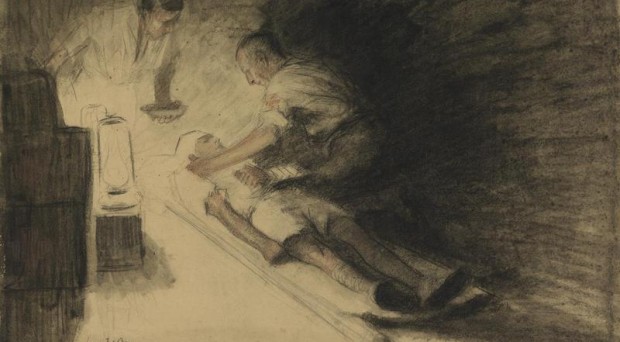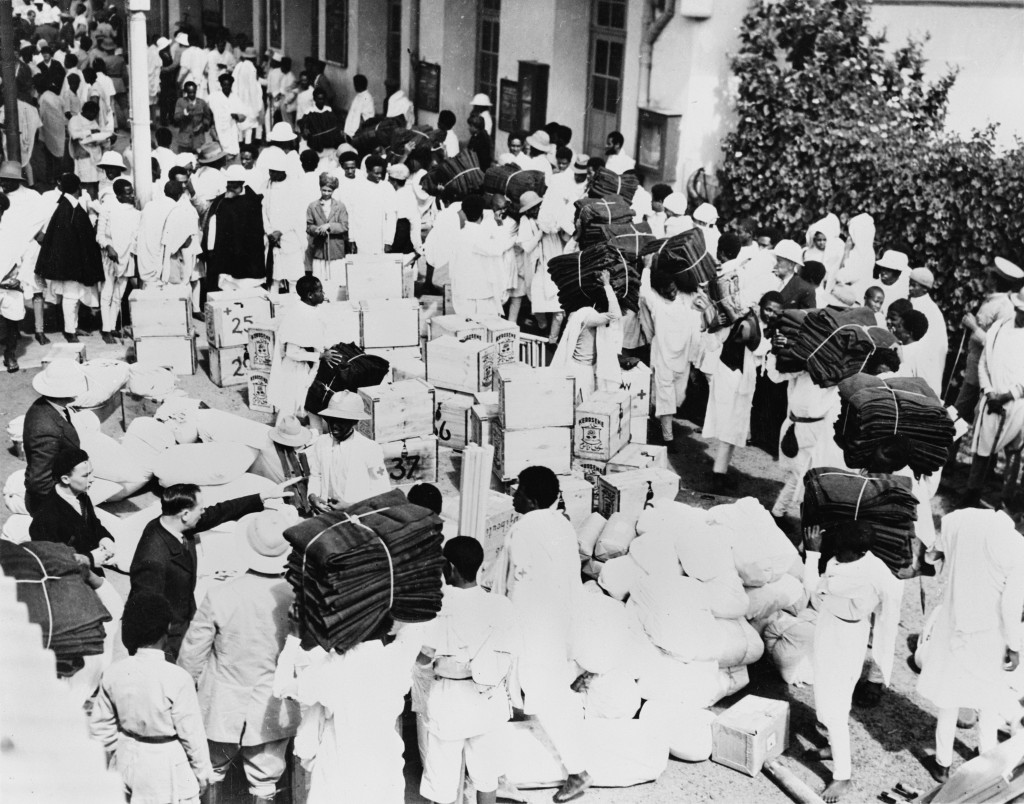
When a friend of mine heard from me about the new journal we are launching under the name “Disaster and Military Medicine” he raised an eyebrow and asked me what the connection between the two was. Even though my friend does not have a medical background, the question, I thought, was sensible and deserves an argument.
While military medicine is probably as old as humanity, only because conflict and war are just as old, disaster medicine is a relatively new concept and profession. Although natural disasters have always been around, traditionally there has been no organized approach to managing the injuries and sickness inflicted both from the actual event and from the consequences that follow.
For those professionals who are dealing with both fields of medicine, the similarities are obvious. For one, both deal with an acute event. One that is often unplanned, which demands the need for preparedness on one end, and the need to respond quickly. The later, of course, stems from the principal of rapid response to medical emergencies as evidence suggests, and the importance of timely administrating treatment to the wounded or sick.
On both cases, medical staff will many times be outnumbered and un-equipped relative to the situation, requiring tactics that would minimize this obstacle to providing adequate care. Furthermore, unlike most other medical scenarios, in both military and disaster, the medical team will often need to work at a great risk to themselves, whether while still in combat conditions or an impending natural catastrophe. All these demand the two professions to deal with two topics that need to play a major part: ethics and leadership. It is these two that will enable excelling on the other principals.
As disaster medicine is shaping itself as a profession, much can be learned from military medicine which has made substantial strides in recent years. When looking at the advances of military medicine, one metric we usually track is rate of fatalities out of the total wounded.
Fatality rates have dropped through the wars of the last two centuries, despite the advancement of weaponry and fire power. From a fatality rate of 42% during the American Revolutionary War, fatalities fell to 30% during the Second World War and then to 25% and 24% for the Korean War and the Vietnam War respectively. These improvements can be attributed to our scientific discoveries of the 20th century (such as antibiotics and blood transfusions).
Yet, the biggest improvement was accomplished between the Persian Gulf War of 1990-1991 and the Iraqi War of 2003 as fatality rates plummeted from 24% to 10% respectively. Since no major technology or science breakthroughs were made during this time, what has military medicine done differently to provide such improved survival for the wounded of war?
 The change came from three important game changing concepts; the first is very simple, a strict enforcement of wearing Kevlar vests. Although these were around for a while, soldiers preferred to go without, as they found the vests heavy and restrictive. With no doubt, this had a significant impact on rate of torso penetrating injuries.
The change came from three important game changing concepts; the first is very simple, a strict enforcement of wearing Kevlar vests. Although these were around for a while, soldiers preferred to go without, as they found the vests heavy and restrictive. With no doubt, this had a significant impact on rate of torso penetrating injuries.
Second, in order to save the wounded you need to get the patient to an operating theater as quickly as possible, to control life threatening hemorrhage. This has led to the initiation of Forward Surgical Teams (FST), which includes highly mobile small team of surgeons, anesthesiologists, OR nurses and other support staff, with the ability to quickly deploy a mobile operating theater and an intensive care unit as close to the battle field as possible. Higher availability to advanced life and trauma support is now considered a definite game changer.
Lastly, military medicine, and specifically trauma care in medical corps, was among the pioneers to act as a true learning system. A system that gathers data inherently and systematically, while continuously assessing the data to create lessons and learnings that can finally be used to implement changes while still collecting data to assess the effectiveness of the changes. These iterative perpetual cycles have led to innovations and continuous improvements that have contributed much to the sweeping success seen.
These examples can all play a central role in the setting of disaster medicine. Implementing a learning and research environment, continuous measurement, applying standards and promoting innovation, is what needs to be done for disaster medicine to register such successes.
Indeed, we have seen the role that medical corps from countries around the world played in recent major disasters. This was true with the experience in the 2010 Haiti earthquake, the 2011 Tohoku earthquake and tsunami and the 2013 typhoon Haiyan (Yolanda) striking the Philippines, to name a few of the recent disasters in which multiple international medical corps were active in relief and humanitarian support with much success.
This is what we hope our journal will achieve. Creating an intellectual and academic bridge between these two related disciplines that will bring the successes and learnings from providing care to the injured in armed conflicts to the setup of providing care to victims of natural disasters.
This, of course, does not relate to trauma care only but to the broader need of ongoing care for disease outbreaks; other forms of emergency medicine, as well as routine outpatient care and in-patient in a disaster environment. Ultimately, the response to disaster must be timely, appropriate and effective, which can only be orchestrated when good leadership and ethic skills are applied.
Please join me in making Disaster and Military Medicine that bridge.
Comments